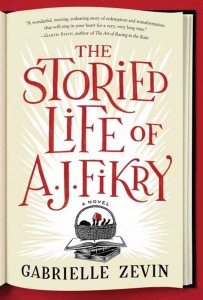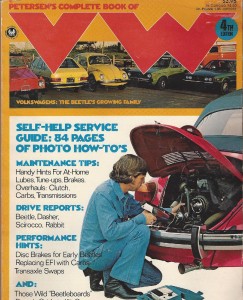As the story goes, if you pucker up and kiss the proper spot at Ireland’s Blarney Castle, you’ll magically receive the “Gift of Gab,” which allows you to deliver a load of blarney with eloquence. A fellow named John O’Connor described it well, pointing out that “Blarney is something more than mere flattery. It is flattery sweetened by humour and flavoured by wit. Those who mix with Irish folk have many examples of it in their everyday experience.”
During colonial times, there were enough Irish immigrants in America that many of the words they used were incorporated into our version of English. Except, when they said Blarney, it came to be repeated in a different way. You’ve may have heard someone express their skepticism with: He’s full of boloney! Here in the US the term Blarney became boloney and came to be synonymous with “full of bull.” A little less flattering than the original version implies.
In the image, the Blarney Stone is at the upper left of the tall square tower, incorporated into a battlement by Cormac Laidir MacCarthy, who built the place. According to the version related to me, Mr MacCarthy was involved in a legal dispute and sought the aid of Clíodhna, the Queen of the Irish hill faeries. (Back in Mr MacCarthy’s time, it was common to appeal to the benevolent figures in Irish mythology.)
Clíodhna told Mr Mac that if he would kiss the first stone he came across, he would be blessed with an eloquence that would aid in his courtroom presentation. He won his legal case, and later decided to add the magical stone to the uppermost area of the castle he was constructing.
There it remains.
Visitors to his castle are invited to lie down and give the stone a kiss to receive the gift of blarney. Of course, when I touched lip to rock, it simply recharged the thing. I was already full o’ gab, I suppose.
The point of the story?
Don’t really have one. It’s just an explanation as to the image that is currently at the top of the website. (Those of you who occasionally visit the pages may have noticed the hiatus in new posts, an interruption of several weeks caused by technical difficulties.) I’m still trying to restore the site, but there are still glitches. Blarney Castle serves to replace the mountain range that was the object of the last post, an image that is retired for the time being.
The shot is from a vantage point that most tourists will overlook. The car park (as they call it) is to the right edge and a lengthy path leads to the castle, between it and the tall round towers. You’d be needing your waders to take a similar photo.
Of course, you need hip-waders when you’re in the company of those of us spouting the blarney.


